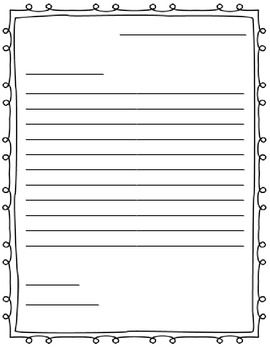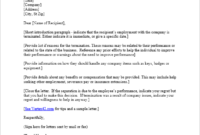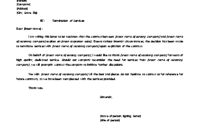Do you remember the excitement of getting a special message just for you? There’s something truly magical about receiving a handwritten note, a personal touch in a world full of quick digital chats. For children, learning to write letters is more than just a school assignment; it’s an adventure into communication, a way to share thoughts, feelings, and stories with someone they care about. It builds connections, expresses appreciation, and helps them practice important language skills all at once.
Sometimes, getting started with a blank page can feel a little daunting, even for the most imaginative young writers. That’s where a helpful guide comes in! Imagine having a clear, easy-to-follow layout that shows exactly where to put everything, from the greeting to the signature. That’s precisely what a friendly letter template for kids offers – a simple map to navigate the wonderful world of letter writing, making the process fun and engaging rather than intimidating.
Why Learning to Write Letters is Super Important
Engaging in the art of letter writing offers a treasure trove of developmental benefits for children. Beyond simply putting words on paper, it hones crucial academic skills. Kids practice their handwriting, develop a stronger grasp of grammar and sentence structure, and even improve their spelling as they carefully compose their messages. It’s a hands-on language arts lesson that feels much more personal and meaningful than a typical worksheet, directly applying what they learn in a real-world context.
Moreover, letter writing fosters invaluable social and emotional development. It encourages empathy as children consider their recipient and what they might want to hear. Sending a letter to a grandparent, a friend who moved away, or even a favorite fictional character helps them bridge distances and maintain relationships. The act of expressing appreciation or sharing a joyful experience through words strengthens bonds and teaches the importance of thoughtful communication.
Think about the life skills being nurtured too. Crafting a letter teaches organization of thought, how to sequence ideas logically, and how to present information clearly and concisely. These are foundational skills that will serve them well throughout their academic journey and into adulthood, whether they’re writing a school report, an email, or even a job application. It’s a gentle introduction to structured communication.

Finally, writing a friendly letter provides a fantastic creative outlet. Children can let their personalities shine through their choice of words, their stories, and even their doodles on the page. It’s a chance for them to tell a personal narrative, share a recent adventure, or simply describe their day in their unique voice, fostering a love for storytelling and self-expression that can last a lifetime.
Key Parts of a Friendly Letter
- The Heading: This is where you write your address and the date. It tells the reader where the letter came from and when it was written.
- The Greeting (or Salutation): A friendly “Dear [Name],” is a perfect way to start. It introduces who you’re writing to.
- The Body: This is the main part of your letter, where you share your news, ask questions, or tell your story.
- The Closing: A warm goodbye like “Sincerely,” “Love,” or “Your friend,” comes before your signature.
- The Signature: Your name! This is how the reader knows who the letter is from.
Getting Started with Your Friendly Letter Template
Using a template takes away the guesswork and makes the writing process straightforward and enjoyable for kids. Instead of wondering where each piece of information goes, they have a visual guide that outlines the structure of a friendly letter. This allows them to focus less on the format and more on the fun part: what they want to say! It’s like having training wheels for writing, building confidence with every letter they complete.
When you sit down with a friendly letter template for kids, you’ll notice the clear sections ready for filling. Start at the top with the heading. Help your child write their own address (or just their city and state if they prefer for privacy) and the current date. This establishes the context of the letter right away and is a good practice for remembering important details.
Next comes the greeting. This is usually the easiest and most exciting part for kids because they get to name the person they’re writing to. Encourage them to think about how they address that person usually. Is it “Dear Grandma,” “Hi Alex,” or “To My Best Friend, Lily”? Personalizing this opening makes the letter feel special from the very first word.
The body of the letter is where the real magic happens. This is where your child can share all their thoughts! What have they been up to? What’s new and exciting? Have they learned something interesting, read a good book, or played a fun game? Encourage them to write a few sentences, or even a short paragraph, about anything they wish to communicate. It’s their space to connect.
Finally, guide them to the closing and signature. A simple “Love,” “Best wishes,” or “Your pal,” followed by their name, completes the letter. This part reinforces the friendly nature of the correspondence and provides a clear end to their message. Remember, the goal is not perfection, but participation and enjoyment in the act of sharing their voice.
Embracing the charm of letter writing is a wonderful journey for children, opening doors to better communication and deeper connections. With a little guidance and the support of a simple template, kids can discover the immense joy of putting their thoughts onto paper and sharing them with the world. It’s a skill that nurtures their minds and hearts, creating lasting memories for both the writer and the lucky recipient.
So, why not grab some paper, a colorful pen, and encourage your child to start their own letter-writing adventure today? The smiles they’ll bring to faces near and far, and the confidence they’ll build in themselves, are truly priceless gifts. Happy writing!



